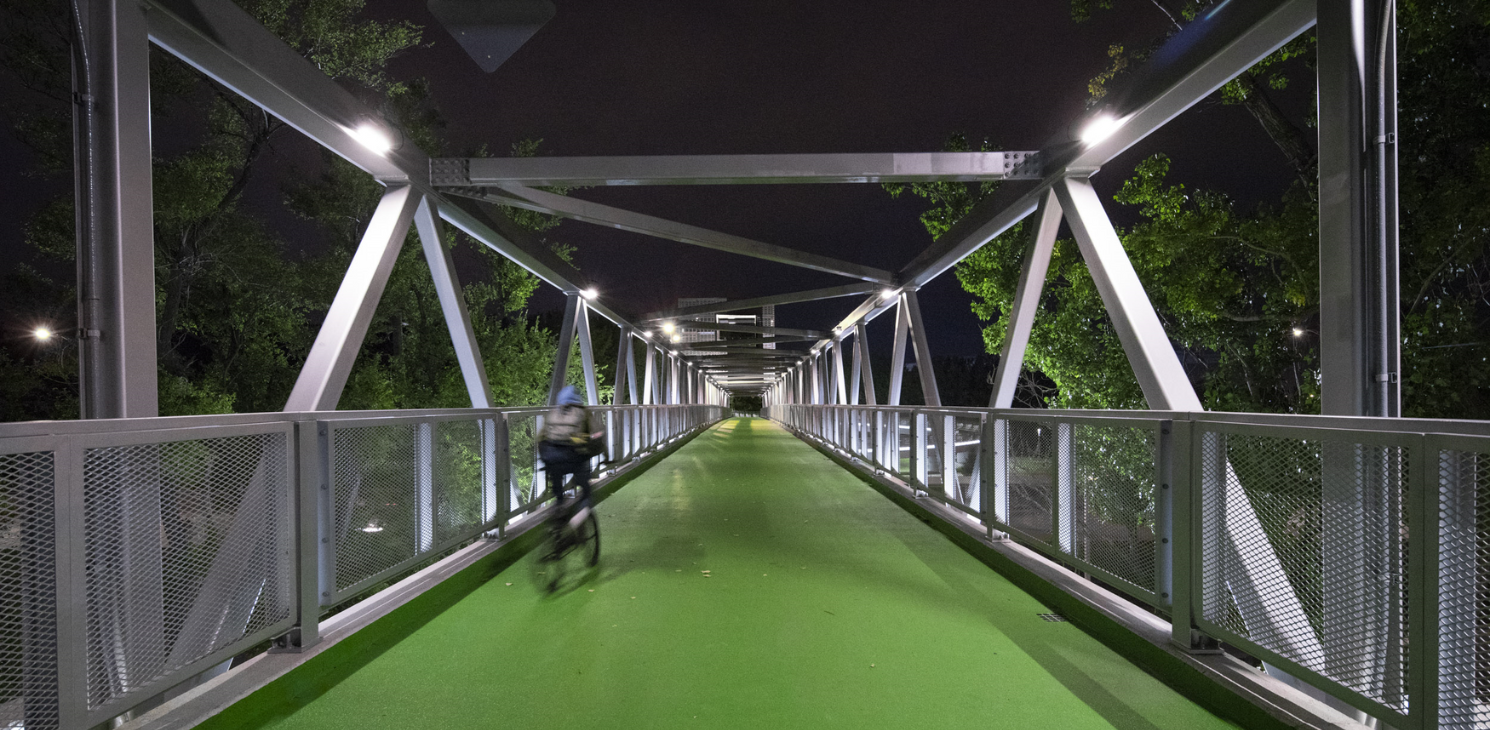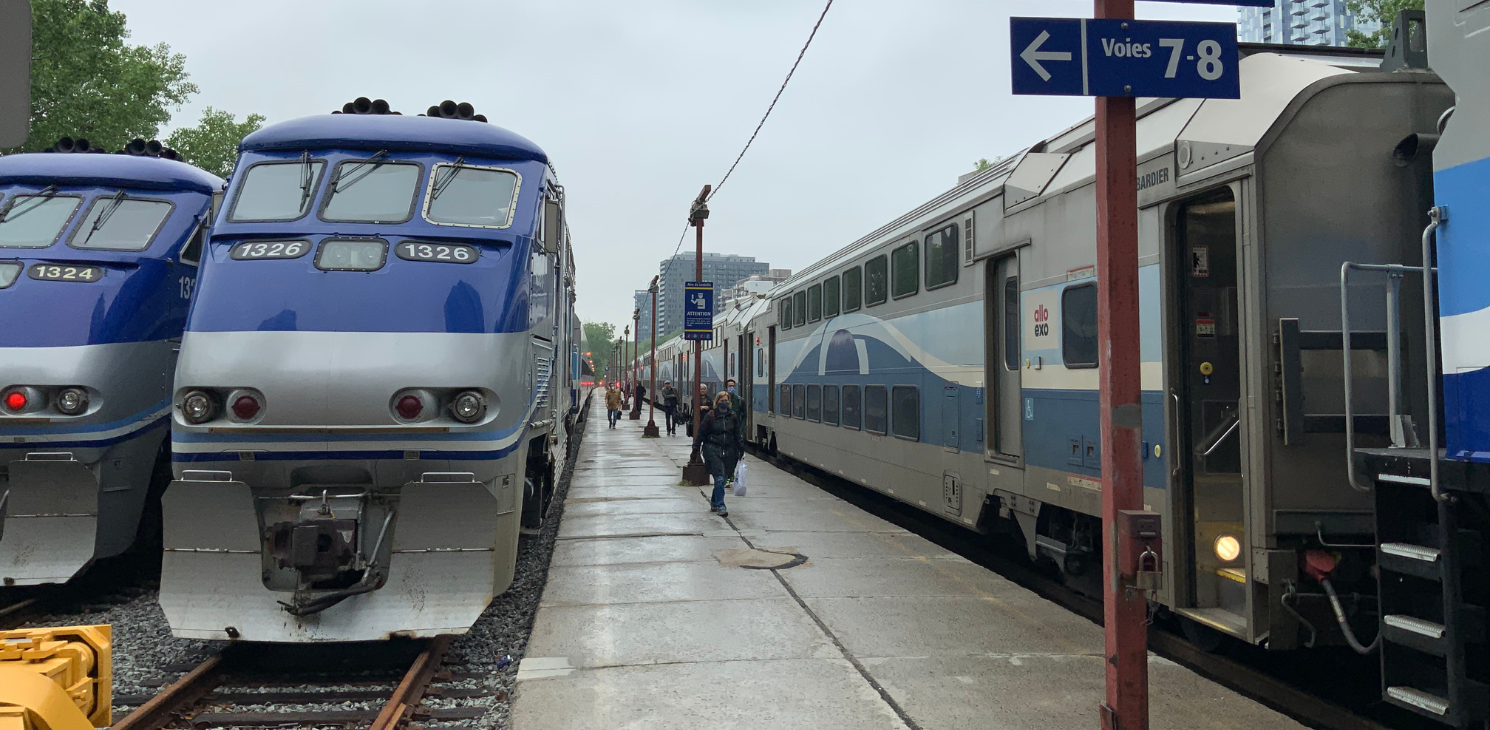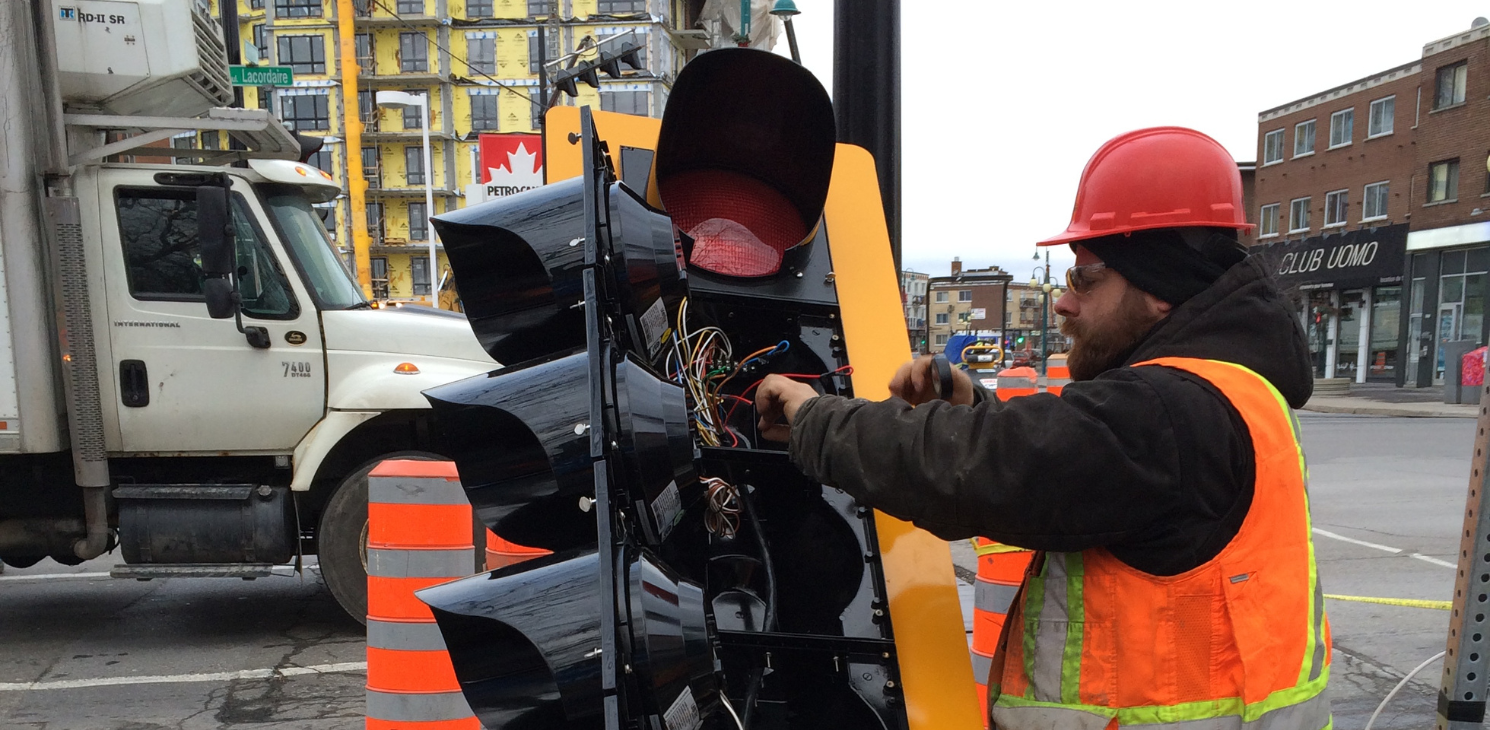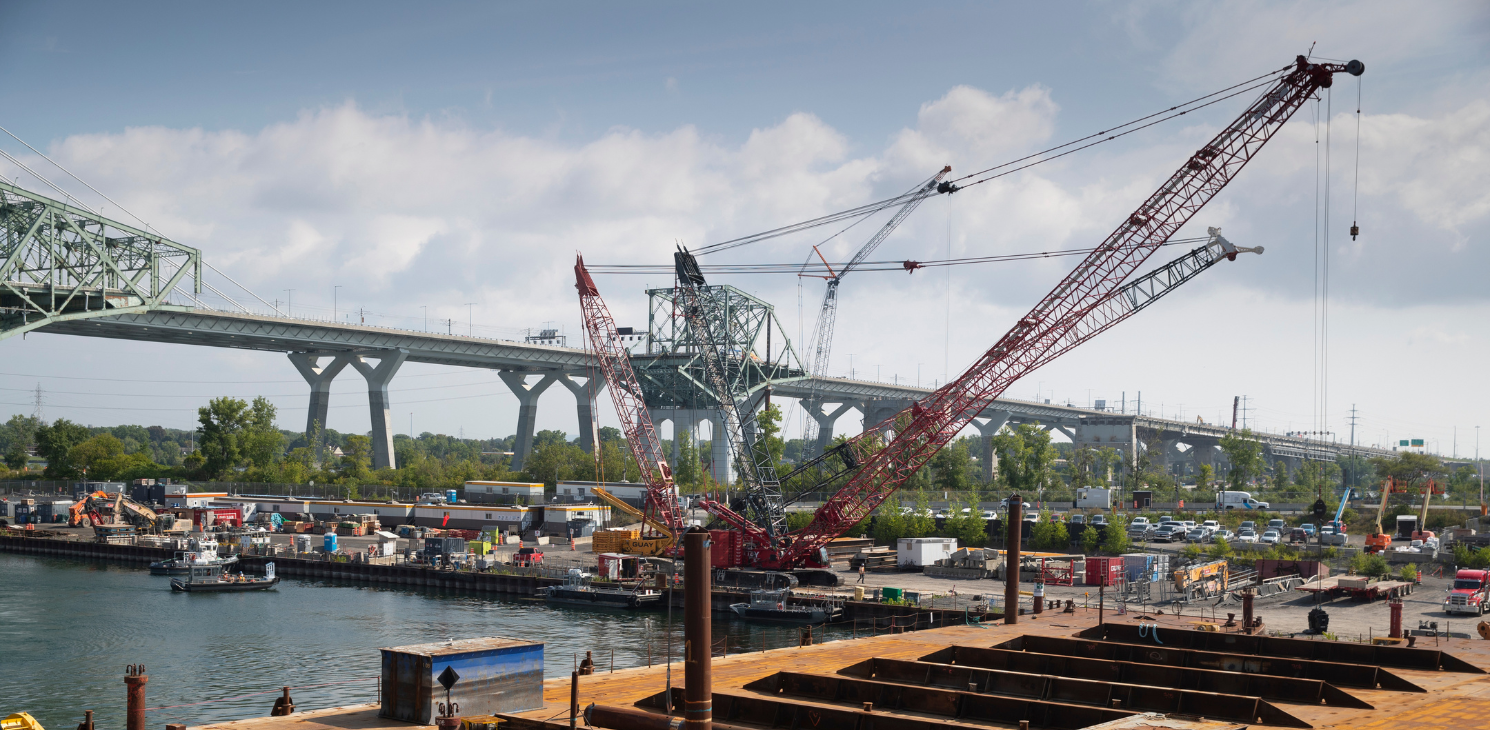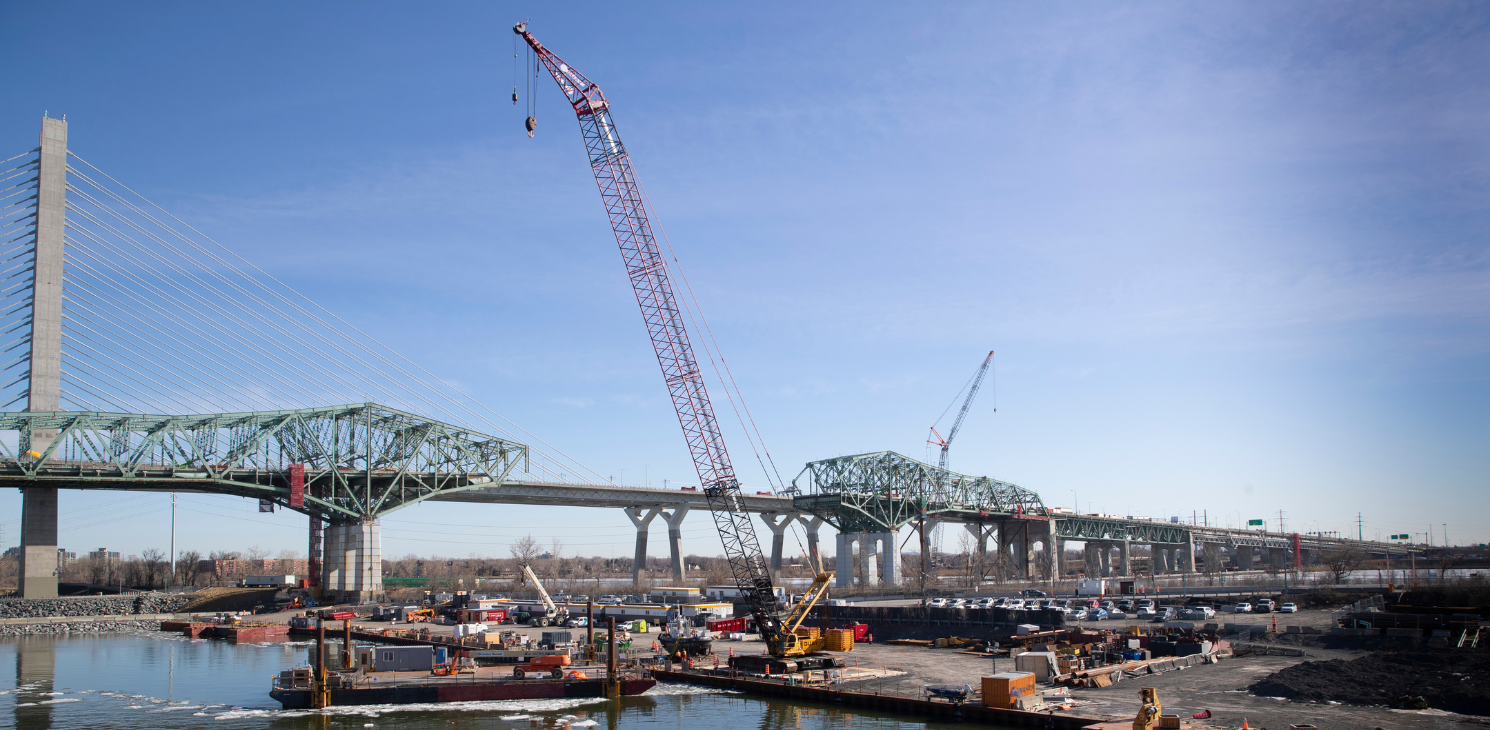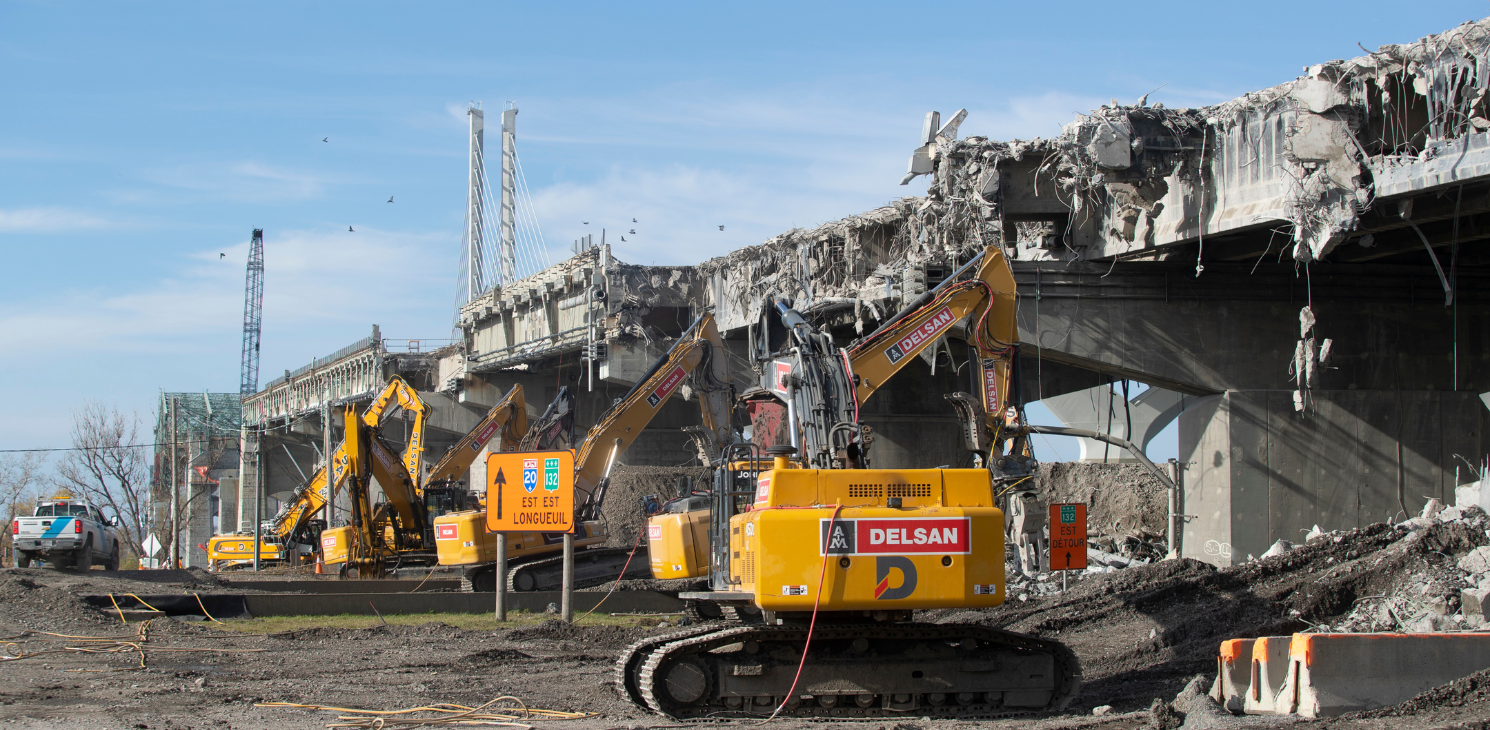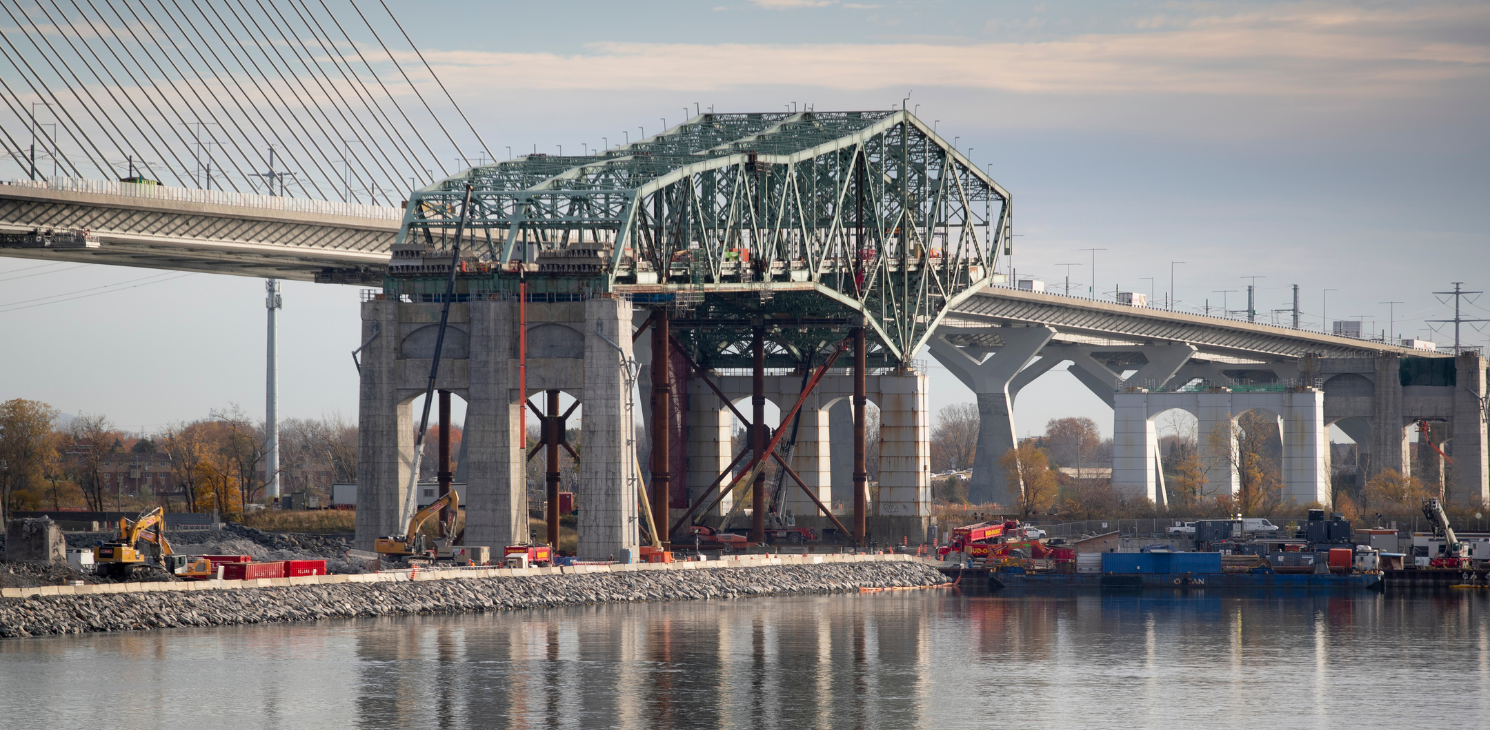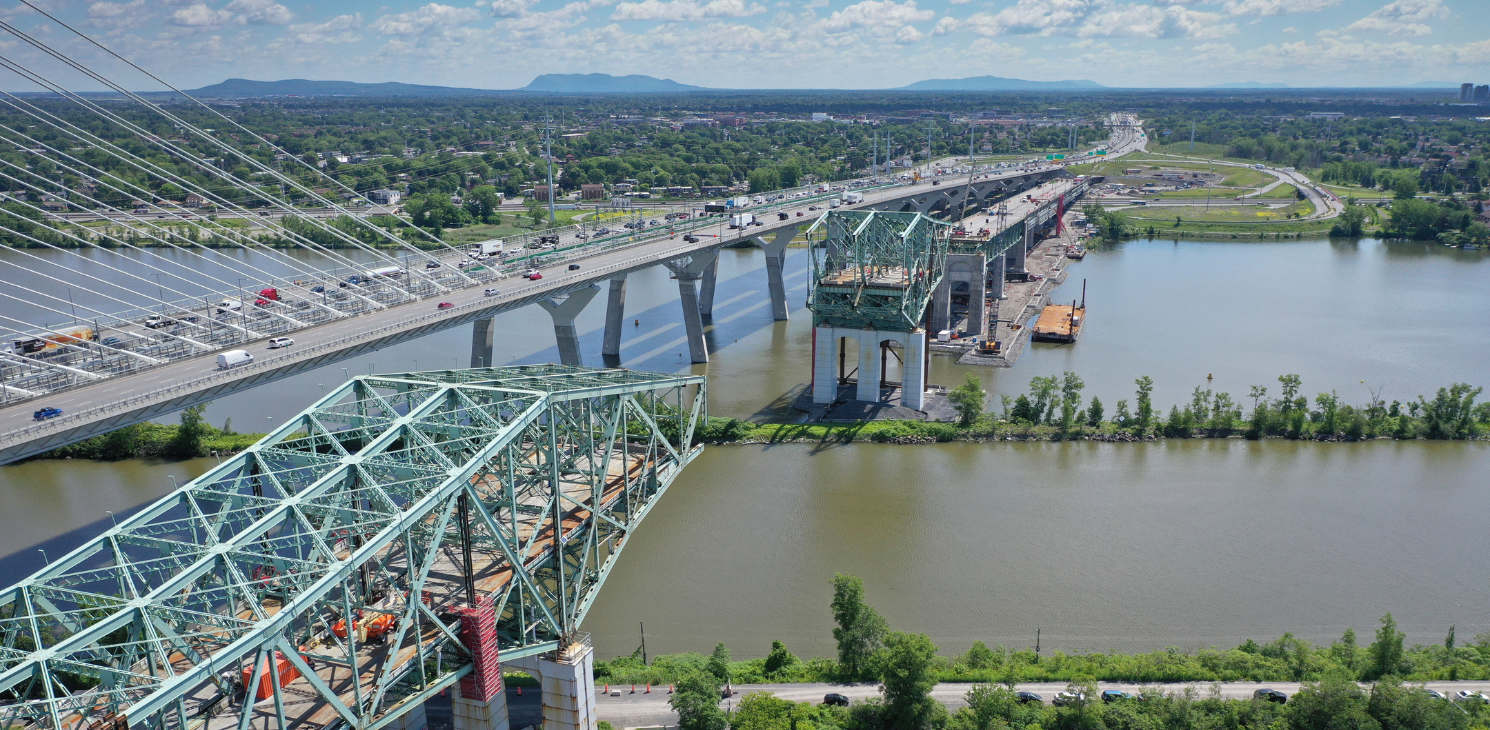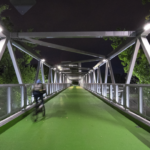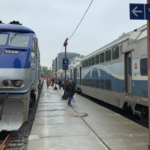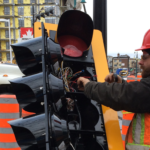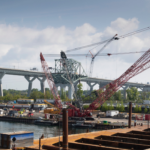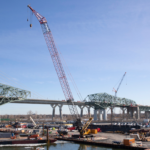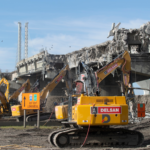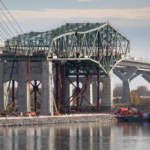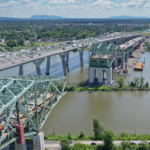In an era of climate change, limited resources and global challenges that are redefining our existence, it is more crucial than ever to ensure that our solutions are optimized. Sustainable development is a priority for us, and a true corporate philosophy.
A culture of innovation at the service of sustainable development
Sustainable development is an important driver of innovation in engineering projects, and innovation is at the heart of CIMA+’s corporate culture.
Our teams are recognized for their ability to go beyond conventional solutions and push the limits of what is possible. This makes it possible to increase the environmental performance of projects, improve the quality of life and safety of the population while considering the economic and sustainable aspect of the proposed solutions. Their visionary spirit, boldness and ingenuity have been recognized and highlighted by numerous awards and commendations over the years, in all fields of engineering.
CIMA+ adopts a proactive approach that stimulates innovation from the very first stages of a project, with the objective of ensuring that it will have a positive impact on the environment and society. In addition, since any inspiration can become tomorrow’s great innovation, we encourage our employees to come up with new ideas. We have deployed a company-wide innovation strategy to facilitate the collection of suggestions and to centralize them. They are all analyzed by a committee and several are selected each year to be developed. Many of them are directly related to sustainable development.
Complete support for a sustainable and well thought-out project
Decisions made during the design phase can influence the environmental and social impacts of a project by up to 80%. Hasty decisions that are poorly adapted to socio-environmental issues can have repercussions throughout the life cycle of an infrastructure as well as on future generations.
At CIMA+, we advocate an engineering practice that assumes broader environmental, social and economic responsibility. To achieve this, it is essential to take a holistic view of a project’s life cycle and establish a strong synergy with all stakeholders from the start.
The Integrated Design Process (IDP) has been in place at our firm for many years. It is a proactive approach that stimulates innovation during the early stages of project design to ensure a positive impact on the environment and the community. IDP requires the participation of all stakeholders and the consideration of the life cycle of the structure, equipment and materials, extraction of raw materials, manufacturing, transportation and use of components. This approach is based on the principle of comparing the performance, costs, impacts and risks of different solutions, which is called value analysis.
We support the owner in thinking through and making critical decisions at the design stage (selection of materials, functionalities, technologies, manufacturing process, potential suppliers, project delivery method, construction approach [e.g., prefabrication, accelerated construction method or ABC], etc.).
To meet all its clients’ needs, including their various stakeholders and users, the CIMA+ Transportation team offers a range of complementary services that add to its expertise in sustainable development. Here is an overview:
Sustainable Development
- Preparation of a wide range of studies related to climate adaptability and resilience, and carbon footprint reduction.
- Completion of a GHG emissions inventory and quantification (1).
- Life cycle assessment of the intrinsic carbon (2) related to building materials with the objective of selecting more sustainable materials and limiting their carbon footprint (One Click LCA software).
- Preparation of sustainability management and carbon reduction plans.
- Life cycle cost analysis (LCCA) and study of alternatives to optimize project costs (construction, operation and infrastructure flexibility).
- Climate Risk and Vulnerability Assessment (CRiVA).
- Analysis of mitigation measures to increase infrastructure resilience.
- Environmental studies on soil, air and water quality.
- Conducting audits and implementing action plans (energy-saving measures, water consumption reduction, waste management, sustainable and responsible procurement).
- Assistance in obtaining the ENVISION (3) environmental certification.
- Detailed studies and design carried out according to the criteria and objectives of the ENVISION certification by our teams of ENVISION accredited engineers and professionals (ENV SP).
- Support for subsidy applications.
- Facilitation of public consultation sessions.
- Digital modelling of engineering works through Virtual Design and Construction (VDC) or Building Information modelling (BIM).
- Integration of smart building technologies and real-time measurement of GHG emissions.
- Monitoring of performance in the operation and exploitation phase and technical assistance.
- Creation of a GHG inventory and establishment of GHG emissions and waste management procedures.
Bridges, tunnels and railway infrastructures
- Design of engineering structures that promote prefabrication of elements and accelerated construction (ABC) (4).
- Optimized and complex design of new structures aiming at material reduction, e.g. minimizing foundation units, quantity of materials used, force effects, etc. (e.g. bridges with seismic isolators, long-span bridges, orthotropic bridges, box girder bridges, suspension bridges, cable-stayed bridges, etc.).
- Design of structures with the objective of improved durability.
- Sustainable refurbishment and fire safety upgrades of existing highway tunnels.
- Design of new tunnels allowing the protection of natural environments and existing fauna and flora, in particular during the implementation of a new road layout or a public transport circuit.
- Construction of facilities that promote active mobility and reduce heat islands in urban areas (e.g. pedestrian and bicycle bridges, urban parks over highways or tunnels, etc.).
- Local sourcing of responsible equipment and materials.
- Use of recycled and low-GHG emission materials taking into account carbon neutrality principles (wooden deck bridge, concrete incorporating recycled glass powder, etc.).
- Development of master plans and asset maintenance plans that promote infrastructure sustainability.
- Deconstruction of existing structures to minimize environmental impact and reuse materials (e.g. Champlain Bridge).
- Planning, design and monitoring of construction methods adapted to sensitive environments (e.g.: work in aquatic and wetland environments, work near sensitive fauna and flora or special-purpose hospitals and research centres).
- Design of railway structures (bridges and tunnels) for public transport modes (e.g. LRT, subways, commuter trains, etc.).
- Sustainable design of railways incorporating a greenhouse gas balance.
Road engineering
- Management of excavated soil, on-site reuse and decontamination of contaminated soil.
- Recycling and reuse of materials.
- Development of wildlife crossings.
- Redevelopment of roads with new urban landscaping and parks to facilitate access to the riverbanks, while introducing new buffer zones to protect banks and watercourses.
- Improved greening and stormwater management.
- Thoughtful integration and upgrading of existing structures.
- Integration of sustainable transportation in road projects (active and public transportation modes).
Mobility and public transit
- Implementing bus preferential measures on roads and improving the performance of public transit (e.g. reserved lanes).
- Integration of universal accessibility in projects.
- Carrying out various road safety studies.
- Conducting pedestrian travel studies and sustainable mobility management plans.
- Development of geometric and operational arrangements (traffic lights) for bicycle pathways (e.g. bicycle lanes).
- Shared street and pedestrianization projects (e.g., Sainte-Catherine Street).
- Integration of bus rapid transit (BRT).
- Installation of charging stations for electric vehicles.
Traffic maintenance
- Traffic maintenance management and mitigation of work impacts on residents, businesses, cycling and pedestrian pathways and public services.
- Integrated coordination of obstructions from multiple worksites on the road network to limit the number of closures and minimize the impact on users.
- Optimization of work phasing and mobility maintenance.
Road lighting and intelligent transportation systems (ITS)
- Reduction of light pollution to improve residents’ comfort and protect wildlife.
- Reuse of existing structures for road lighting.
- Conversion of existing fixtures to more energy-efficient LED technology.
- Integration of high-performance technologies and innovations (road equipment, real-time data, AI, etc.).
By putting people at the heart of design, construction, operation and development decisions, we add significant value to real estate and transportation assets, generate cost savings and improve people’s experience, health and well-being.
In doing so, we help our clients to better understand the environmental impacts of their operations, the mitigation measures they can resort to and the principle of adaptation and resilience to climate change.
(1) Greenhouse gases (GHGs) consist mainly of carbon dioxide (CO2), methane (CH4), nitrous oxide (N2O) and ozone (O3). They are gaseous components that absorb infrared radiation emitted by the Earth’s surface and contribute to the greenhouse effect.
(2) Embodied carbon is the sum of greenhouse gas emissions generated during the life cycle of a good or service (e.g. materials used in the construction of a structure or road such as concrete, steel, backfill materials, waterproofing membranes, etc.).
(3) ENVISION is an environmental and social certification dedicated to urban infrastructure assets such as roads, bridges, railways, airports, etc. (https://sustainableinfrastructure.org/)
(4) The ABC (Accelerated Bridge Construction) method allows the rapid construction and commissioning of bridges, sometimes in just a few days, with the aim of minimizing the impact on users and traffic.
PROJECT
GHG Inventory for the Township of Mapleton
In 2022, CIMA+ had been awarded a contract with the Township of Mapleton to conduct a GHG Inventory for the 2021 baseline year as well as develop a climate action plan in ...
See more >
PROJECT
Exo Bus Electrification Program
Exo plans to electrify its bus network with a mission in accelerating the energy transition of Quebec to meet the government’s GHG emission reduction targets.
See more >
PROJECT
Deconstruction of the original Champlain Bridge
The Champlain Bridge, which opened in 1962, is a major complex structure extending more than 3.4 km in length and spanning sensitive zones of the St. Lawrence River and Seaway.
See more >
PROJECT
Development designs for the Express Bike Network (EBN)
Ville de Montréal entrusted CIMA+ with preparing interim development designs for the Réseau Express Vélo (EBN – Express Bicycle Network) on 2 of the 17 routes that ...
Contact our team!
- By submitting this form, I agree to receive CIMA+’s email communications regarding news, updates and products.
- You may unsubscribe at any time. Please allow 10 business days to be removed from our mailing list.
- Please refer to our Privacy Policy on our website for more details.
